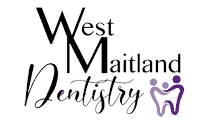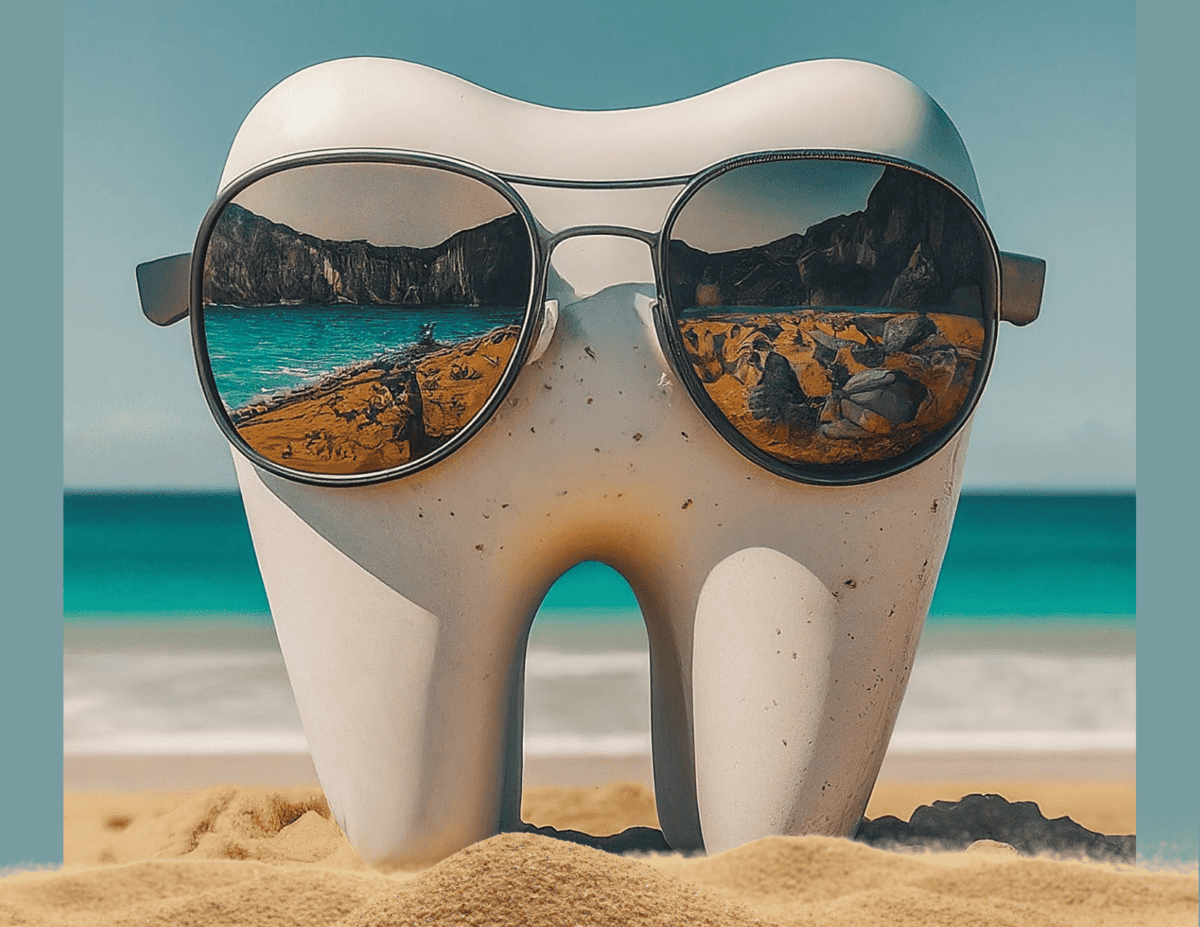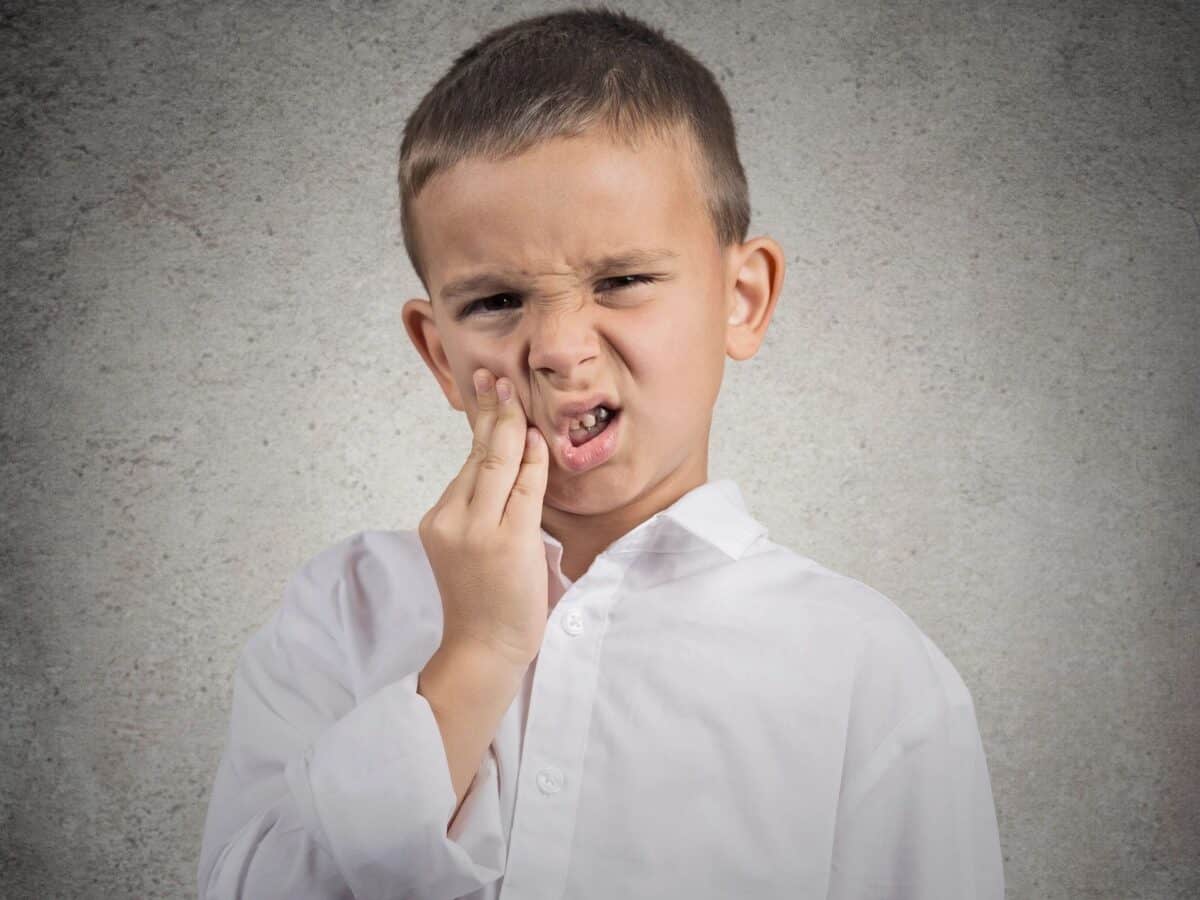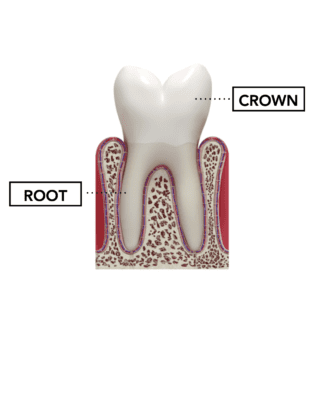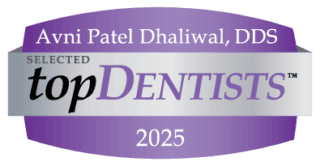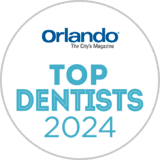Pregnancy is a wonderful time for a new mom to be as well as sometimes a confusing one. With limitations on what to eat, drink and medicine to take it is no wonder that the safety of dental care during pregnancy is questioned. Most dental treatment is not only safe during pregnancy but recommended. Let’s go over some of the common dental procedures that are safe during pregnancy.
X-Rays
Dental radiographs aid in the diagnosis of oral problems, such as cavities, bone loss and infections. The American Congress of Obstetricians and Gynecology and the American Dental Association both agree that x-rays are safe during pregnancy. Although the amount of radiation is minimal with new dental technology it is still important that you share your pregnancy with the dental staff so that proper shielding is used.
Cleanings
The change in hormone levels cause gums to be easily irritated by plaque which can lead to gingivitis. The CDC estimates that nearly 60 to 75% of pregnant patients have gingivitis. Cleanings are not only safe but recommended. Some insurance will even cover an extra cleaning a year for pregnant patients.
Fillings
Pregnancy increases the chances of getting cavities. The consumption of more carbs as well as morning sickness make a nice acidic environment for cavities. It is important and safe to stop the progression of cavities during pregnancy. Your dentist will take in consideration though many factors such as what trimester you are in, how small the cavities are and the length of procedure.
Tooth Extractions and Root Canals
Dental infections can often lead to the need for a tooth extraction or root canal. A dental infection has serious consequences so it is necessary to stop that infection by one of the before mentioned treatments. Both procedures are safe during pregnancy but considerations of how far along the pregnancy is will be considered. Local anesthetics are safe but it is recommended to avoid general anesthesia and oral sedation during pregnancy.
Elective Treatment
Elective treatment such as cosmetic procedures like tooth whitening should be avoided during pregnancy. Postponing such treatment prevents the minimal risks to the fetus.
Dental Anesthesia and Medications
Sometimes dental infections require antibiotics. Antibiotics that are considered safe during pregnancy include penicillins and amoxicillin. Your dentist will confer with your OB/GYN to ensure the proper medication is prescribed. Some dental anesthetics are not recommended during pregnancy. There are options that fall into Category B classification of drugs, such as the most commonly used lidocaine.
Even though dental care during pregnancy is safe, your dentist might modify your treatment based on recommendations by your physician. Dental treatment is ideal during the second trimester and early third trimester. If though you have any questions about your specific needs refer to your OB/GYN.
